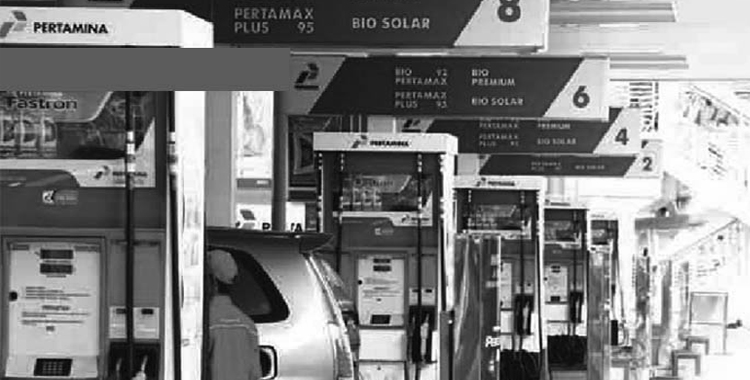JAKARTA (Yosefardi) – The new government of Indonesia has noticed to raise the price of subsidized fuel price this month as the existing fuel subsidy does not benefit the poor people.
Amid the pro and complaints on the issue, Bank Indonesia, the central bank, noted that such an price hike for subsidized fuel would not impact on the economic growth as long as the government could manage or carry the budget into the productive sector.
Bank Indonesia is still optimistic to target 5.8% economic growth for 2015, compared to estimated 5.1% for this year, even the subsidized fuel price would be raised. The impact on inflation, BI viewed, would be only temporary.
While more budget allocation to social program will support the purchasing power of poor people then the household consumption would continue to grow. Budget allocation to agriculture, small-medium-micro business segment, and infrastructure sector will also boost the production in the said sectors.
Bank Indonesia predicts the investment will accelerate by 6% next year with the government’s consumption will also accelerate by more than 3% after slowing down this year due to fiscal deficit issue. The household consumption will only grow flat by 5,4% along with the fuel price hike. For export, Bank Indonesia predicts for 4% growth for next year.
The government, BI said, needs to control the fuel subsidy in effort to improve the current account performance. The wider trade deficit for fuel will affect the performance of the current account. Bank Indonesia recorded the trade deficit for fuel increased to US$6 billion in January-September 2014 period, while the current account reached US$6.8 billion, or 3.07% of the gross domestic product (GDP).
In the third quarter of 2014, Bank Indonesia recorded current account surplus of US$6.5 billion, thanking to the incoming of foreign funds. For the same period of 2013, Bank Indonesia recorded US$2.6 billion current account deficit. The foreign investment in local stocks and the government bond reached US$7.1 billion in third quarter of 2014, jumped by almost five times from US$1.5 billion capital inflow last year. While the direct foreign investment was relatively flat at US$5.4 billion.




